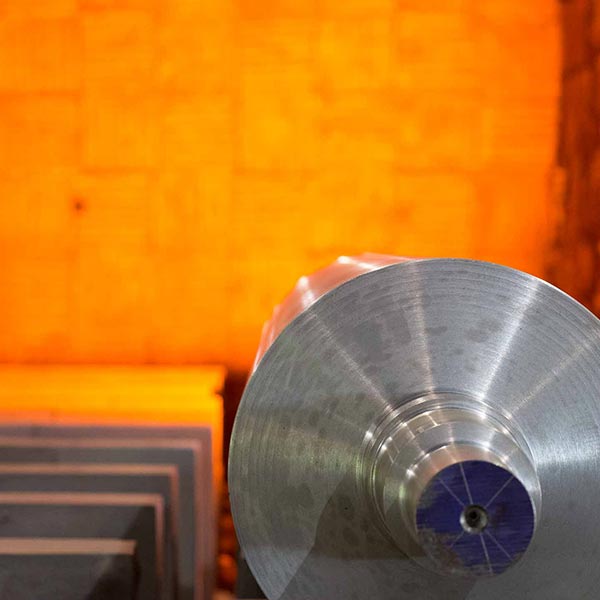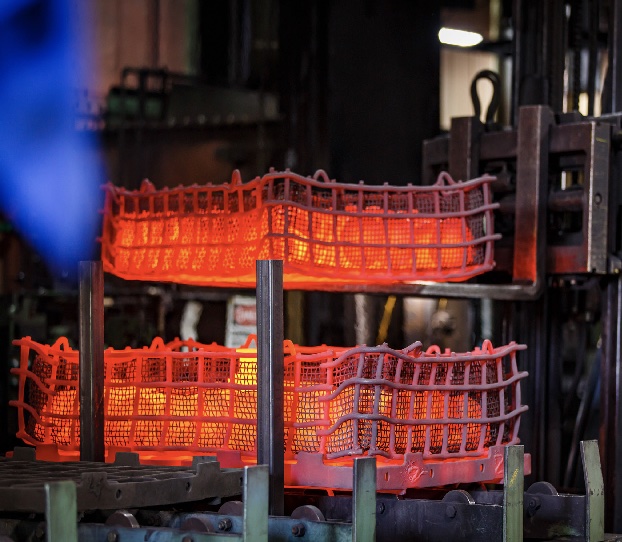Stress Relieving, Annealing, Normalizing
What is Stress Relieving?
Stress relieving is a heat treatment process that reduces residual stresses in metals caused by manufacturing processes like welding, machining, or cold working. These residual stresses can lead to warping, cracking, or premature failure if not addressed. The process involves heating the metal to a specific temperature or a customer specification, holding it there for a specified period of time, and then slowly cooling it.

What is Annealing?
Annealing is a heat treatment process that makes a metal more ductile (less brittle) and workable by reducing its hardness. The process involves heating the metal to a specific temperature and then letting it cool very slowly. This controlled cooling allows the internal structure of the metal to rearrange itself, which relieves internal stresses and reverses the effects of work hardening
What is Normalizing?
Normalizing is a heat treatment process used to make metal, especially steel, more ductile and tough. It achieves this by creating a uniform, fine-grained microstructure, which helps relieve internal stresses from previous manufacturing processes like forging, casting, or rolling

Choosing the right process…
| Process | Normalization | Annealing | Stress Relieving |
| Primary Goal | Refine grain structure, improve toughness and strength. | Reduce hardness, improve ductility and machinability. | Relieve internal stresses without altering properties. |
| Temperature goal | Heated above the upper original tempering temperature. | Heated above the upper original tempering temperature. | Heated below the lower critical temperature. |
| Cooling Method | Cooled in still air or fast air outside the furnace. | Slowly cooled inside the furnace or an insulating medium. | Slowly cooled inside the furnace. |
| Resulting Properties | Uniform, stronger, and tougher than annealed metal. | Softer and more ductile; lower strength and hardness. | Maintains original strength and hardness; removes residual stress. |

